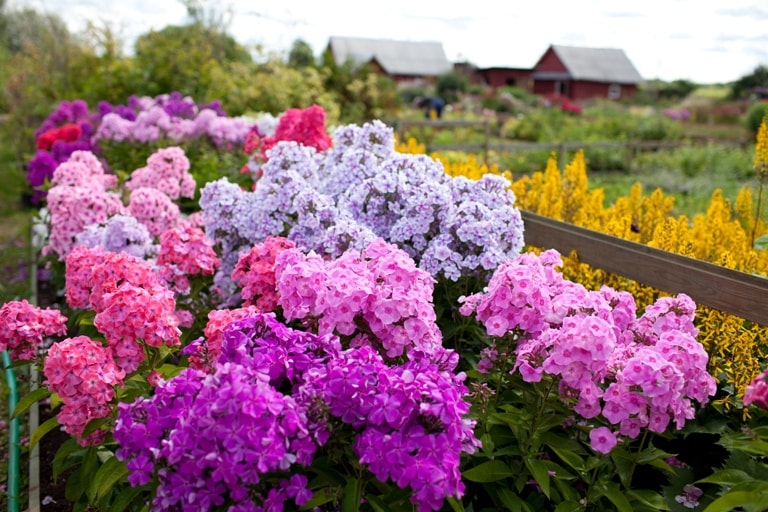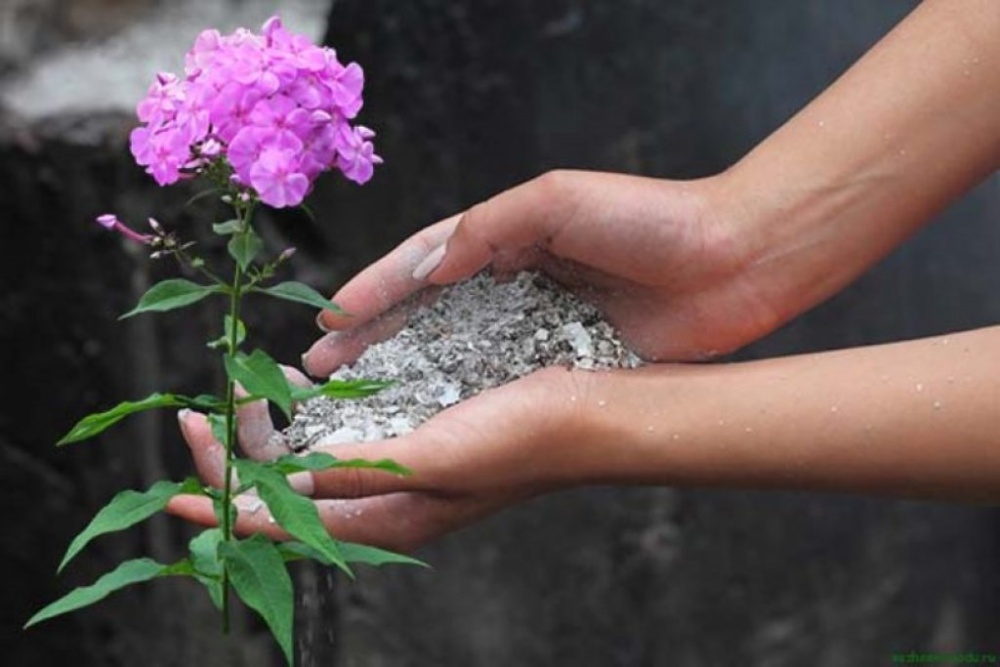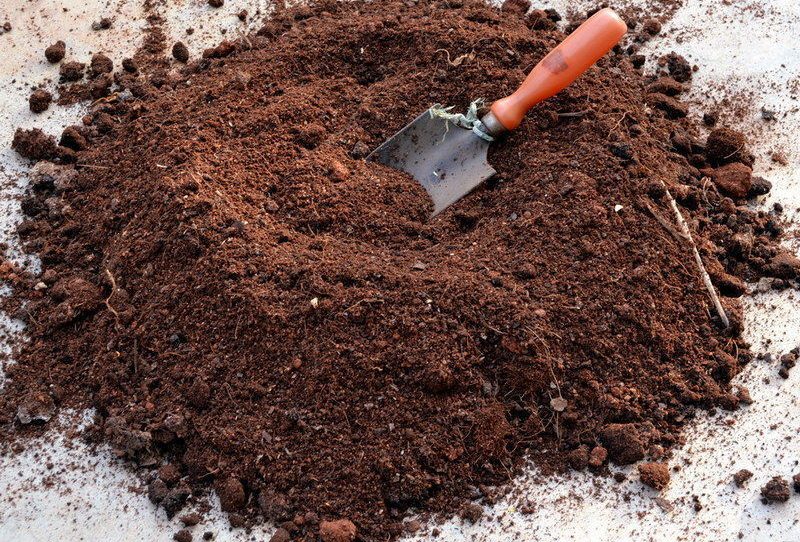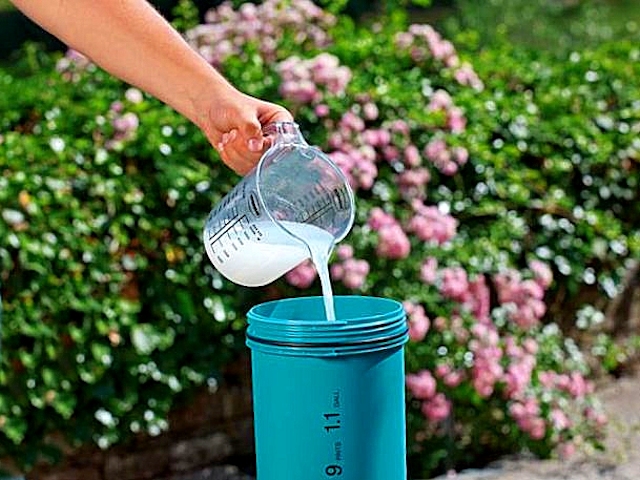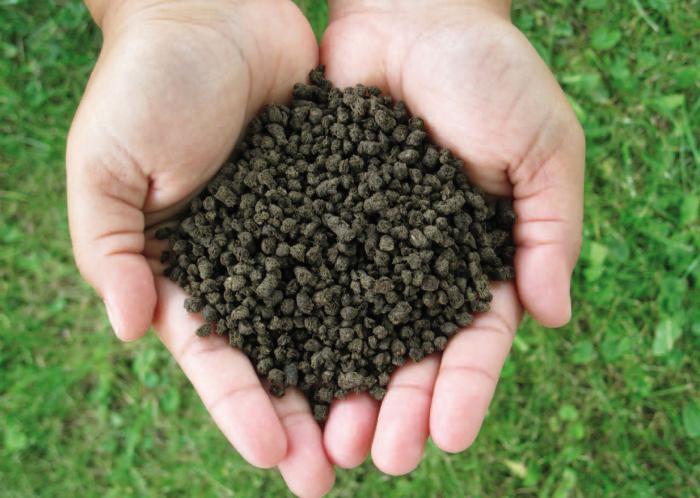There is an opinion among gardeners that phloxes do not require special care and can grow in the garden like weeds. This only applies to older varieties. If we talk about newly bred varieties, they require more careful maintenance. You need to know how to feed phlox and when to do it.
Plant agrotechnics
Choosing a place to plant flowers is one of the main components of success if you want to get a lush bloom of phlox in the garden. These plants love loose, fertile, organic-rich soil. The area with phlox is best located in partial shade.
It is recommended to water the plants in such a way that the ground under them is always slightly damp. The root system is quite well developed, it looks like a set of thin roots that diverge in different directions. The depth of the root system varies between 15 and 20 cm. This means that phlox are extremely sensitive to drought. If the watering mode is chosen incorrectly, the stems of phlox become very thin, the lower leaves dry, and the flowering period is reduced several times. 15 - 20 liters of water is enough for 1 m2. It is better to water the plants in the evening. After watering, the ground under the bushes must be fluffed up and covered with mulch. To do this, use sawdust, dry grass or hay.
Phlox can be planted throughout the growing season. If planting is carried out in spring, it is worth remembering that the period of their flowering is reduced and lasts only 14 - 16 days.
The possibility of planting flowers in the fall is also possible. This can be done from the end of August. In this case, the plants will have enough time to settle down and get stronger before winter. Phlox planted in the fall will bloom early next summer.
In order to ensure abundant flowering of the bushes, they must be replanted every 5 years. Thanks to the transplant, it will be possible to rejuvenate the phlox bushes.
Spring is considered the most favorable time for transplantation (April - May). If the transplant is scheduled for August, then the upper green part of the bush is cut off beforehand. This will speed up the process of plant survival in a new place.
The presence of weeds on the site not only spoils its attractiveness, but also contributes to the development of pests and diseases. Therefore, gardeners must promptly remove weeds from the flower bed.
For the winter, phlox bushes are recommended to be cut at the root, and the cut parts to be destroyed. Plants have the ability to tolerate frost well within 15 - 25 degrees. In order to prevent freezing of the root system, the soil must be mulched before the onset of frost. To do this, use sand, sawdust, hay.
How to fertilize phlox
Fertilizing phlox depends on the phases of plant development. With proper fertilization, you can achieve lush flowering. Large buds will form on the bushes, and the flowering period will last more than a month.
The growing season of phlox can be roughly divided into 3 stages:
- Intensive development and growth... At this time, plants need a lot of water and nitrogen.
- The period of bud formation. The need for nitrogen decreases slightly. Phloxes need potassium and phosphorus.
- End of flowering period and seed ripening. At this time, an active process of accumulation of nutrients in the root system of plants takes place. This is necessary so that phlox gain strength and endure the winter easier.
Feeding phloxes must be done at least 5 - 6 times during the growing season. This can be done both foliar and root methods.
Organic fertilizers are the main source of nitrogen required for active growth of green mass and abundant flowering of plants. The following substances can be used as organic fertilizers for phlox:
- mullein - for cooking, it is necessary to mix the third part of a bucket of manure with 3 buckets of water, and mix the mass well. Such a mixture is recommended for foliar feeding of phlox;
- slurry manure - 1.5 liters of slurry is mixed with 9 liters of water. Shallow grooves are made around the bushes of plants, into which the prepared mixture is introduced;
- bird droppings - is considered the most effective organic fertilizer. For preparation, you need to mix 1 kg of manure and 10 liters of water. Top dressing is carried out, as in the previous case, in the grooves at the rate of 1.5 liters of fertilizer per 1 m2 of area.
It is not enough to know how to feed phlox, you must also choose the right time for fertilizing. For example, organic top dressing is best applied simultaneously with mineral dressing. The best time to fertilize is after watering. If feeding is carried out in dry times, its effectiveness decreases several times. It is impossible for fertilizers to fall on the leaf blades of plants. This can provoke the formation of burns on them.
The first feeding is done by using granular fertilizers. For this, the time is chosen when the snow will immediately melt and the tops of the first shoots will appear on the soil surface. Before fertilizing, the soil must be well fluffed and mulched with peat or compost. If they are not at hand, you can use sand mixed with dry grass. The thickness of the mulch layer can be within 2, 5 - 3, 5 cm.
Such feeding is extremely important for bushes that are 3-5 years old. The root system of such plants is already well developed and begins to peek out from under the surface of the soil. If the weather is dry and the soil under the bushes is not mulched, this can lead to drying out of the roots. Such bushes will bloom 1, 5-2 weeks later.
Feeding phlox in July promotes active plant growth and abundant flowering. Many gardeners have a question about how to fertilize phlox in July. To do this, you can use such a popular recipe: dissolve ammonium nitrate (20 g) in 10 liters of water. This amount is enough to fertilize 1 m2 of planting area.
If we talk about how to fertilize phloxes for abundant flowering in June, then it is recommended to use such products as Agricol for flowers or a mixture of Flowers. The splendor of the bushes in this case is guaranteed.
Foliar dressing also has a beneficial effect not only on the growth of phloxes, but also on their flowering. The leaves of the plant have the ability to absorb trace elements no worse than the root system. Generally foliar dressing is used to saturate plants with phosphorus.
Fertilization after flowering
It is not enough to know how to feed phlox before flowering, you also need to know what and how to fertilize plants after the end of the flowering period. Such dressings will give the flowers the strength to regain strength after flowering and to endure the winter more easily.The use of such feeding also contributes to the massive and friendly formation of flower buds on the bushes.
Autumn dressings can be performed both dry and liquid. You can use the following fertilizers:
- The solution is prepared from potassium sulfate and superphosphate, taken in the amount of 1 tbsp. l., dissolved in 10 liters of water. This amount of fertilizer is enough to treat 1 m2 of land.
- In a bucket of compost or peat, add 2 tbsp. l. means "Autumn" and mix everything thoroughly. This mixture is applied under phlox bushes.
There are certain rules for performing feeding, the observance of which will increase the effectiveness of the procedure. Among the most important are the following:
- the best time for feeding is the evening. This prevents the possibility of evaporation of liquid from the surface of sheets or soil;
- it is recommended to apply liquid root dressing after abundant watering of the bushes or good rain. Upon completion of top dressing, the bushes must be sprayed with clean water. This will help prevent the stems from cracking;
- foliar top dressing after rain or watering will not bring the desired positive result;
- if the dosage of fertilizers or agents used for feeding is violated, there is a risk that the flowering will be weak, and the diameter of the flowers will become small.
Despite the fact that phlox are undemanding plants, it is imperative to know how to feed them and when it is best to do it. Then the bushes will bloom together, beautifully and abundantly.
